The Decarbonization of Roads, A Pressing Priority
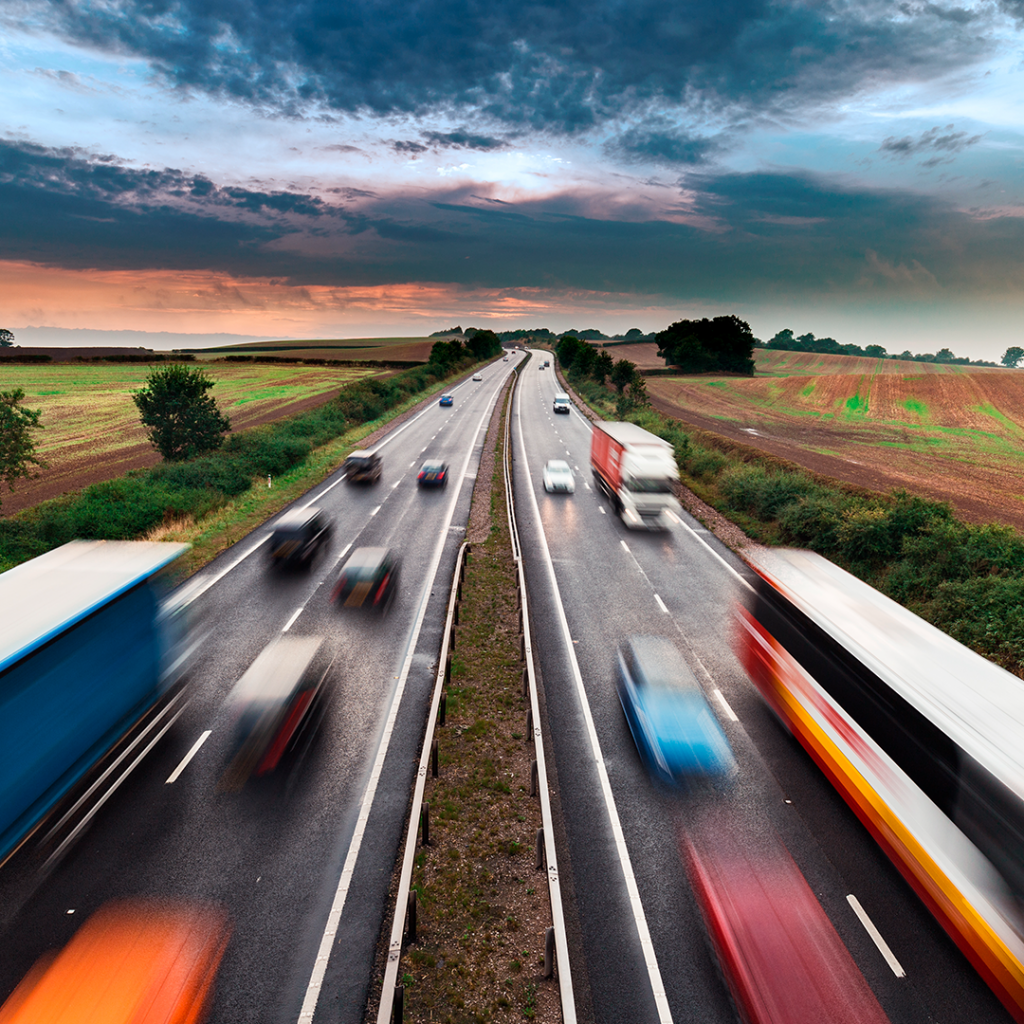
At the current rate, achieving the sustainability objectives that we set ourselves in the Paris agreements to limit the rise in the earth’s temperature to less than 2ºC is starting to look harder than ever. Global emissions should peak in 2025 and then immediately begin to decline. But today, we still maintain emissions levels well above what is necessary to meet the targets.
In this context, road transport is one of the first sectors that have to adapt to a new global reality. Today, it is responsible for 15% of CO2 emissions and 74% of the total emissions associated with the transport of people and goods. In order to comply with the Paris agreements, emissions caused by road freight transport should be cut by 30% before 2030. Thus, reducing emissions from one of the most polluting human activities is also one of the most pressing challenges in the fight against climate change.
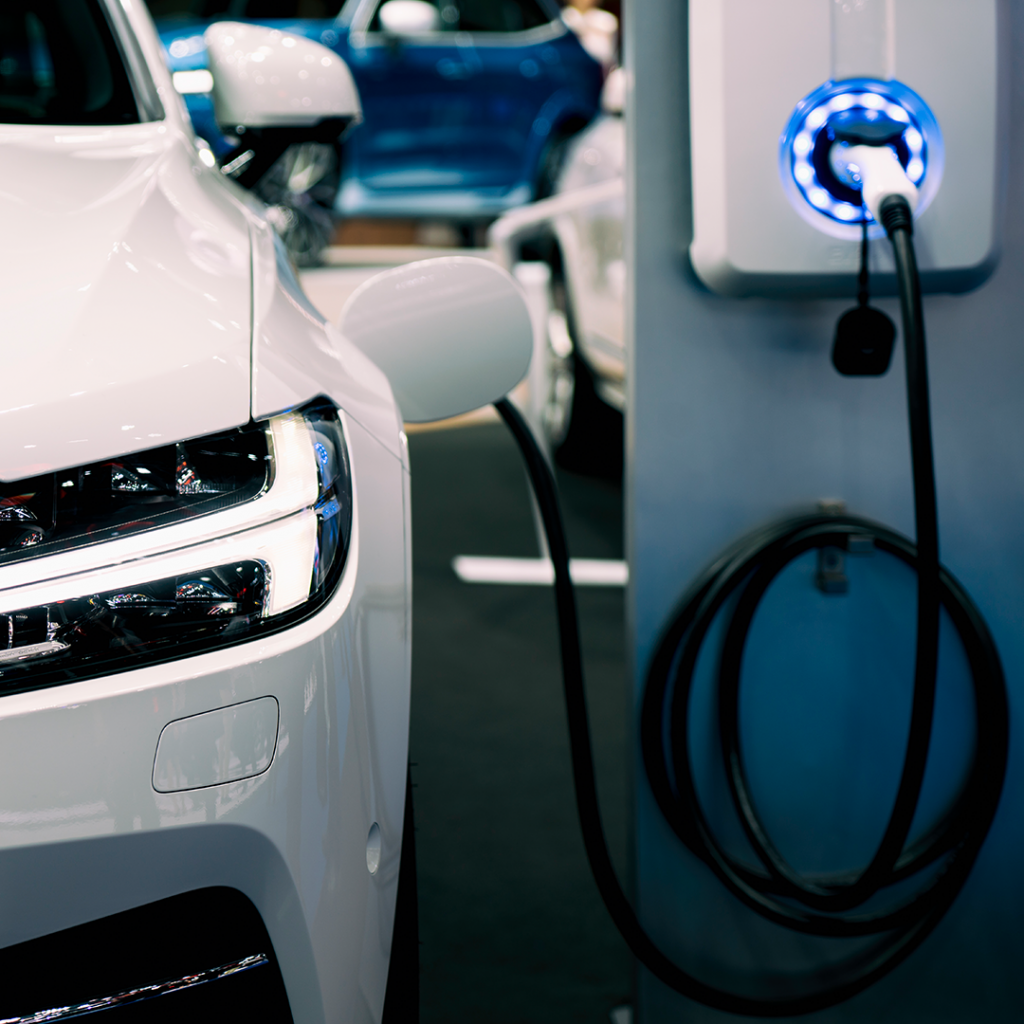
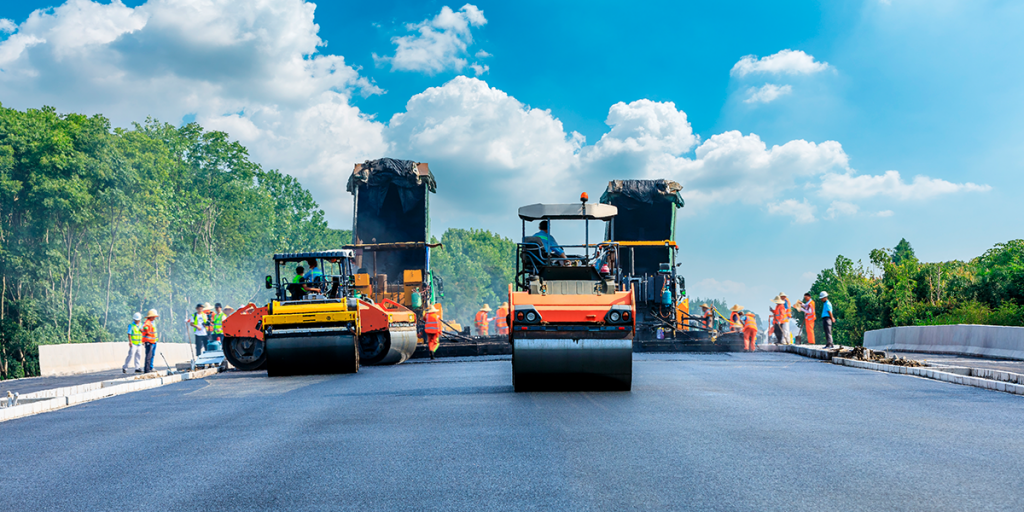
There Are Alternatives
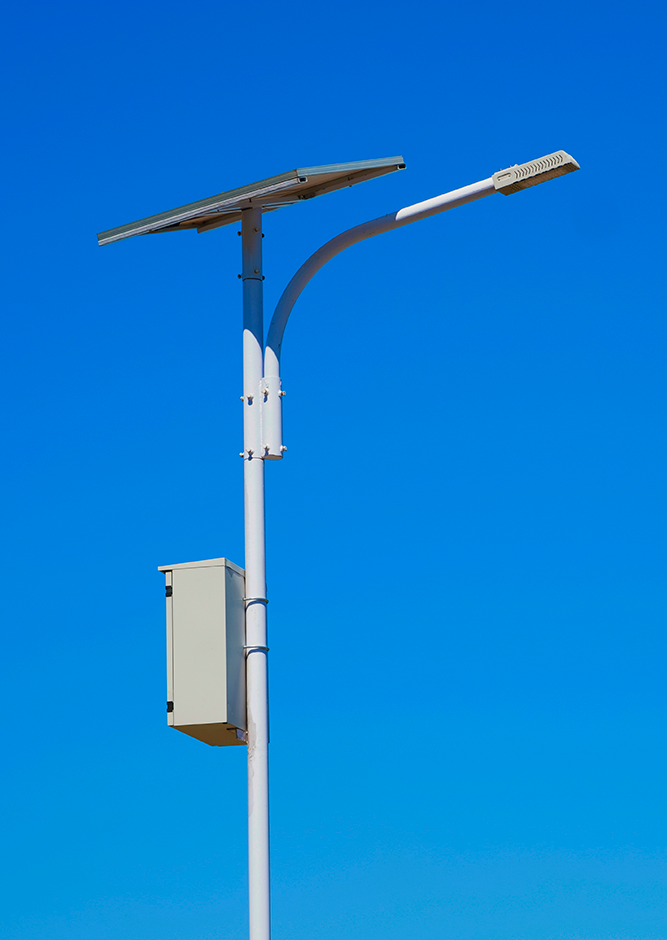
Within the framework of this task, the infrastructures that we use to move from one place to another are called upon to play a leading role. Their transformation could result in a significant reduction in CO2 emission levels. To do this, we have at our disposal several approaches that could help us adapt to the needs of an overheating world.
One of the changes within our immediate reach is the replacement of lighting installations, which are responsible for the majority of electricity use on roads, according to data from McKinsey. Thus, changing all bulbs to LEDs to illuminate roads could reduce the need for electricity and lead to a reduction in the total greenhouse gas emissions associated with transport. The change could be complemented with the installation of solar panels. If we also reduce the emissions that come from the generation of energy to feed the infrastructures, the impact caused by road lighting on emissions will be minimal.
Of course, one of the focuses of any action must be to change the type of vehicles used mainly for travel. In this sense, promoting the use of more sustainable vehicles could be, in itself, a way to reduce greenhouse gas emissions. It is also an objective that can be pursued in various ways. For example, the use of electric vehicles could be encouraged by building more charging points. The same could be said of the adoption of systems that cut travel times and reduce traffic jams to facilitate the circulation of vehicles with more limited propulsion capacities, such as those that depend on an electric battery.
Another of the measures that could have the greatest impact on the reduction of greenhouse gas emissions is the proper maintenance of infrastructures. To do this, according to a study by Rutgers University, maintenance must take place in the early stages of road wear. Timely repairs, in addition to reducing emissions, could also lead to savings for drivers and transport agencies.
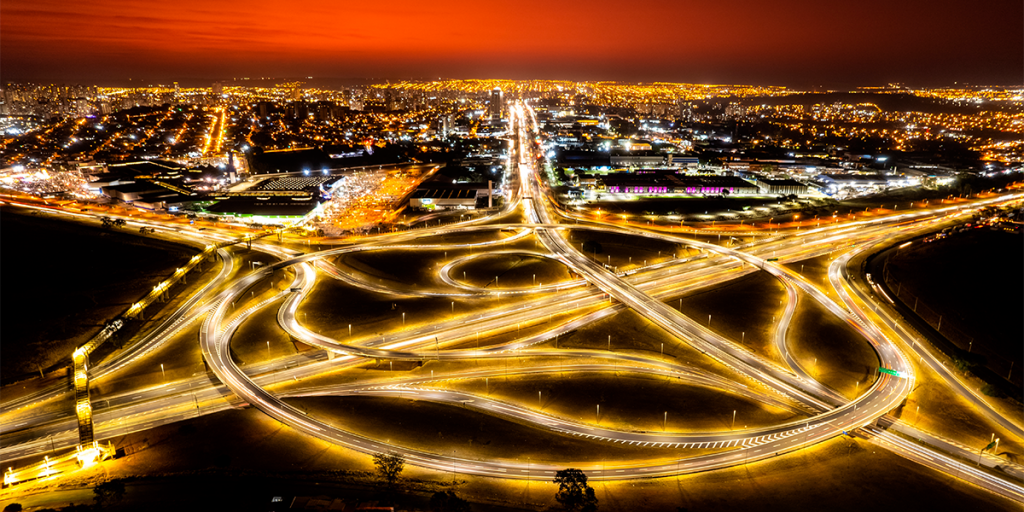
A Future With Fewer Emissions

The Abertis group works along these lines, in a search for sustainability, and in 2022 already opted for the implementation of a plan for the decarbonization of transport infrastructures with an eye on 2030. The company plan pursues a maximum reduction of CO2 emissions on the road, with the goal of cutting 25% by 2024, and 50% by 2030. At the same time, it is committed to promoting self-consumption facilities, improving waste management and increasing the use of recycled materials.
So far, the group has undertaken more than 120 initiatives aimed at promoting sustainability and is firmly committed to incorporating it into its work processes. Among the measures it has implemented to make its infrastructures more sustainable is the increase in the number of charging stations installed by the company in France, Spain, Italy, and Chile, which stood at 394 at the beginning of the year, with plans to double that number throughout 2023. Additionally, it has adapted roads to meet the needs of electric, connected and autonomous vehicles.